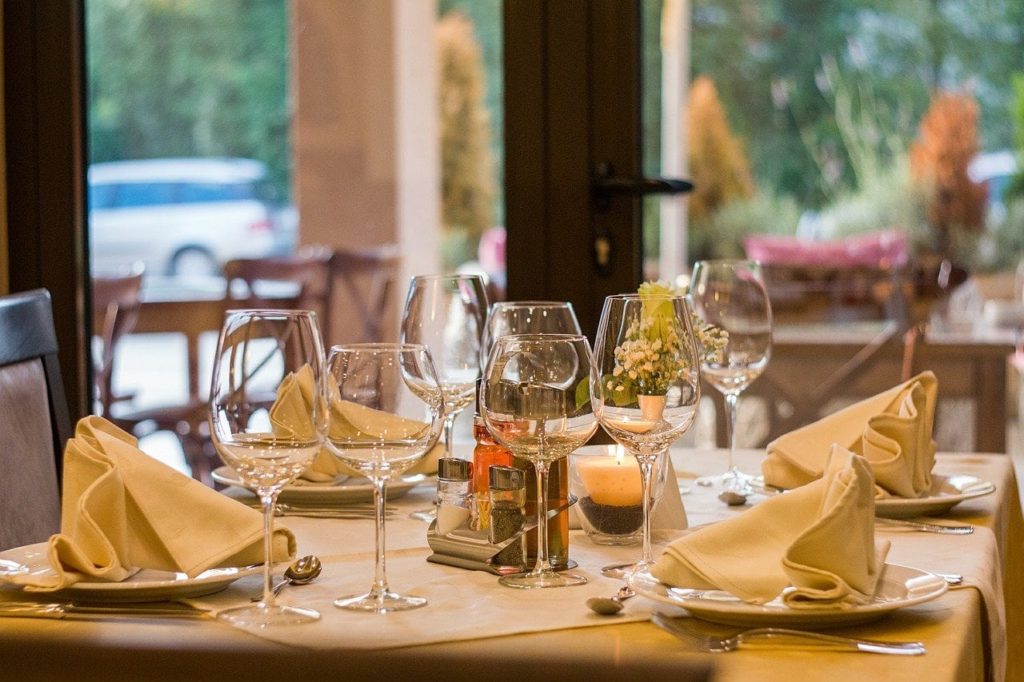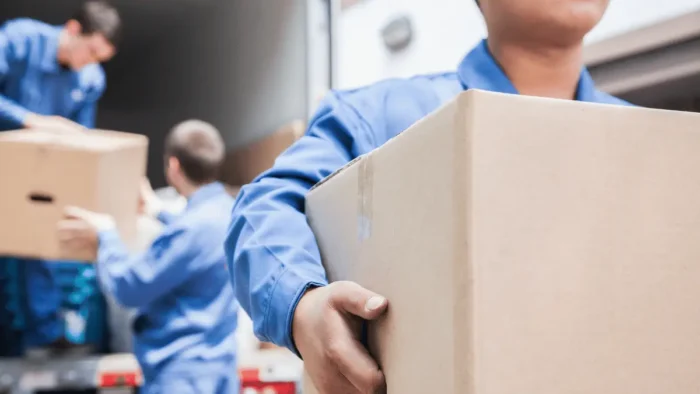Virtual restaurants offer a full menu but do not exist in their own space. Their menus only exist online and are only available for delivery. Virtual restaurants either rent a kitchen or share one with another business.
Thanks to technology, existing restaurants struggling to make a profit or monetize their surplus kitchen capacity can now venture into a virtual restaurant. Many restaurant operators are now considering the idea since it has less operational costs compared to a physical restaurant.
Delivery interruptions
Growing third-party delivery apps create an opportunity for existing restaurants that we’re unable to provide delivery services due to costs that come with it. The extra staffing and other costs related to deliveries made it impossible for such restaurants to meet the huge demand. The ease of using these apps to order doesn’t cost consumers much. Just a minimal delivery fee.
On the other hand, restaurants incur a hefty cost of about 15 to 35 percent commissions to these apps. This is a tough call for businesses that make an average of 6.1 percent profit. According to such delivery services as Uber Eats, a partnership with them increases restaurant sales by almost fifty percent.
Related: 4 Things You Should Know Before Launching Your Restaurant
Increasing agonies
Though restaurants benefit financially from third-party delivery services, most of these restaurant kitchens lack the capacity to meet online order demands during peak hours. The new food economy faces the challenge of meeting demand orders. This conflict over efficient use of space and time together with increasing real estate scarcity and urban rents give rise to two new food business models.
One of the virtual restaurants that are connected to brick-and-mortar formations though they offer multiple different menus purposely for delivery apps. A number of restauranteurs run two or more virtual restaurants in one location with their menu options. The other one is ghost kitchens which have no seats, no storefront, and no retail presence. They operate exclusively as food preparation hubs to meet delivery orders only.
Related: How to Become a Successful Restaurant Owner
Restaurants without Tables
The concept of virtual restaurants eliminates the numerous barriers to entry in the foodservice industry. Restauranteurs no longer require ideal locations, renting sufficient dining spaces, paying the front house staff, decorating the service space, and paying the required premium real estate. They easily market their businesses by including their digital shingle in a food delivery app and advertise to the existing app customer base.
Initially, the location has been a key factor in determining how well a restaurant will thrive. Virtual restaurants have completely turned the tables. Instead of going for expensive real estate with a lot of traffic, the business only gets a kitchen with enough capacity even in underused industrial areas and operates virtually.
For those entering the market, the model presents a new opportunity to venture into the foodservice industry with minimal overhead risk. Besides, there are so many service companies that are ready to give a hand. They connect those looking for a space like a kitchen space to those with such extra spaces. Established businesses with several chains can also utilize the delivery-only operation to increase their overall sales, reduce pressure on their traditional locations and expand their services to areas where setting up a sit-down restaurant would be expensive.
Related: The Secrets to Success for New Restaurant Business Owners
Importance of data in what consumers want
Uber Eats is a good example of a food delivery app that has partnered with restaurants in operating virtual restaurants. Besides, the company has encouraged a good number of existing restaurants to operate virtually. They do this by collecting data on neighborhood sales and analyzing them to determine the unmet demand for certain cuisines. They then encourage restaurants that have partnered with them to expand their virtual restaurant services and meet this demand.
They utilize customer searches to predict what consumers will want next and avail the information to restaurants. For example, customer searches on poke delivery that did not yield results were taken as an opportunity by restaurants that made sushi. Uber Eats availed this data to existing sushi partners who made a poke delivery menu. Besides, customers’ feedback in these apps can be utilized to the maximum to make necessary adjustments and meet customer preferences.
Related: How to Start a Food Delivery Business from Home
Final word
Technology has had a huge impact on our life to the extent of changing how we eat. Today, with just a few clicks, you get ready meals on your doorstep. As much as virtual restaurants are new concepts, they have received a positive response which means they are here to stay.





